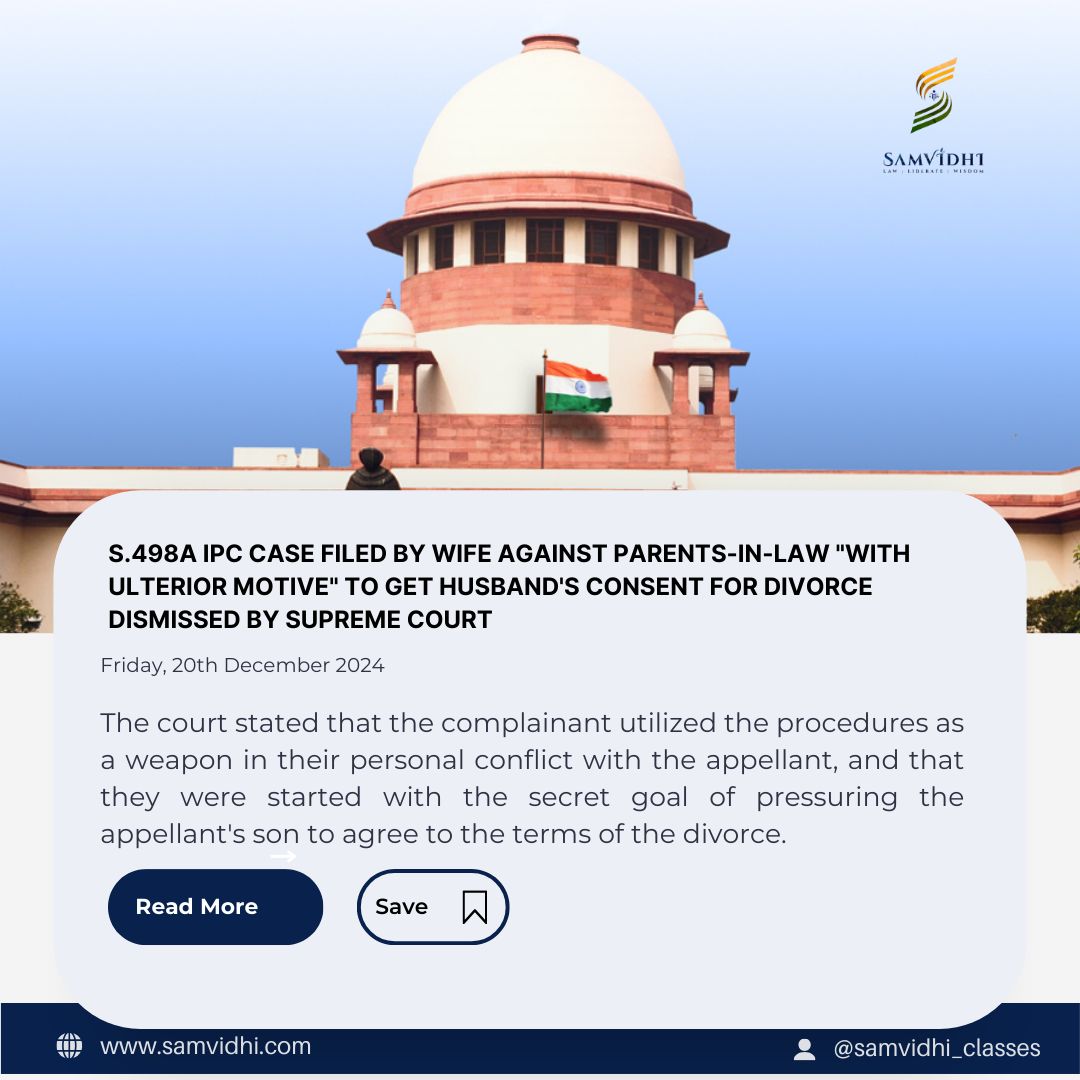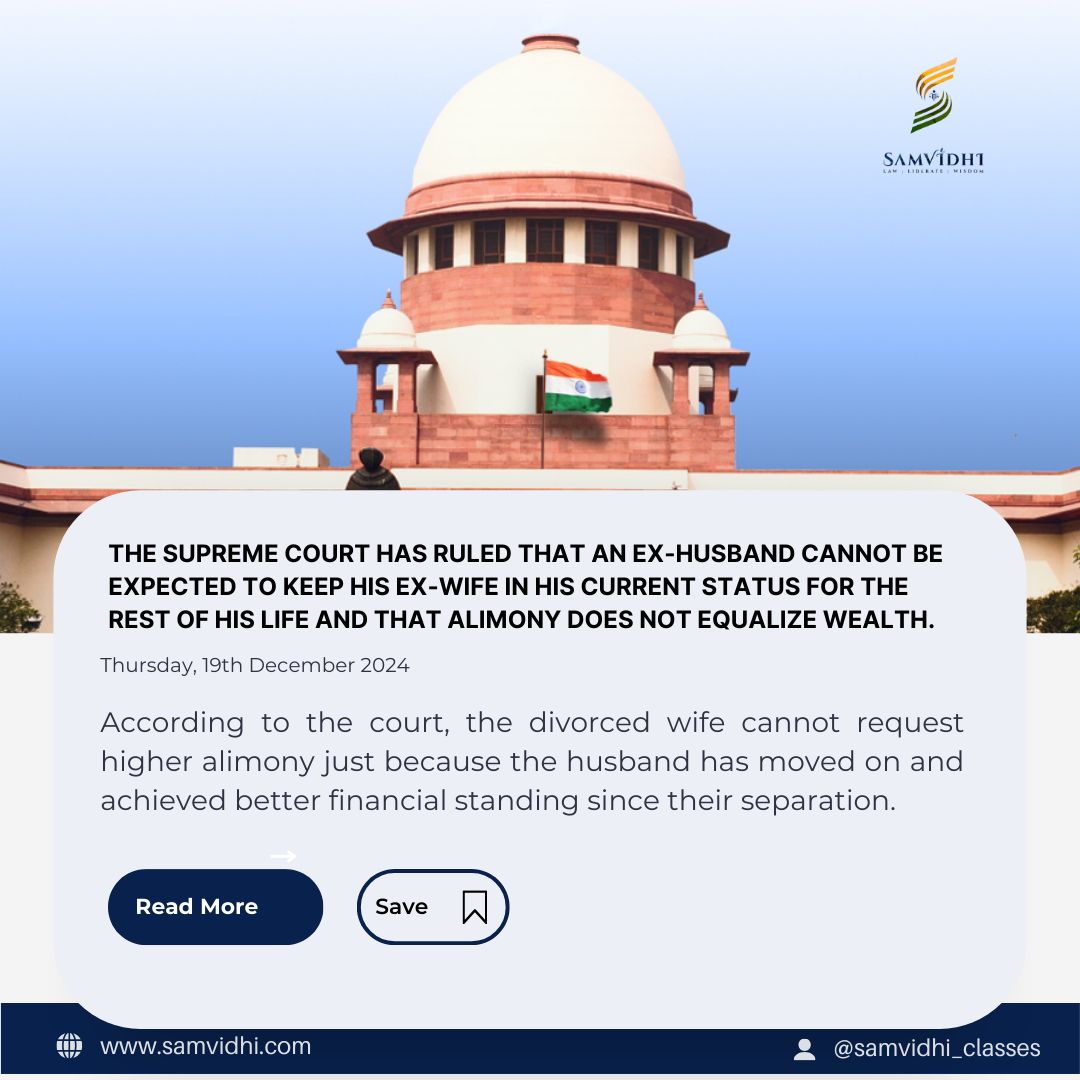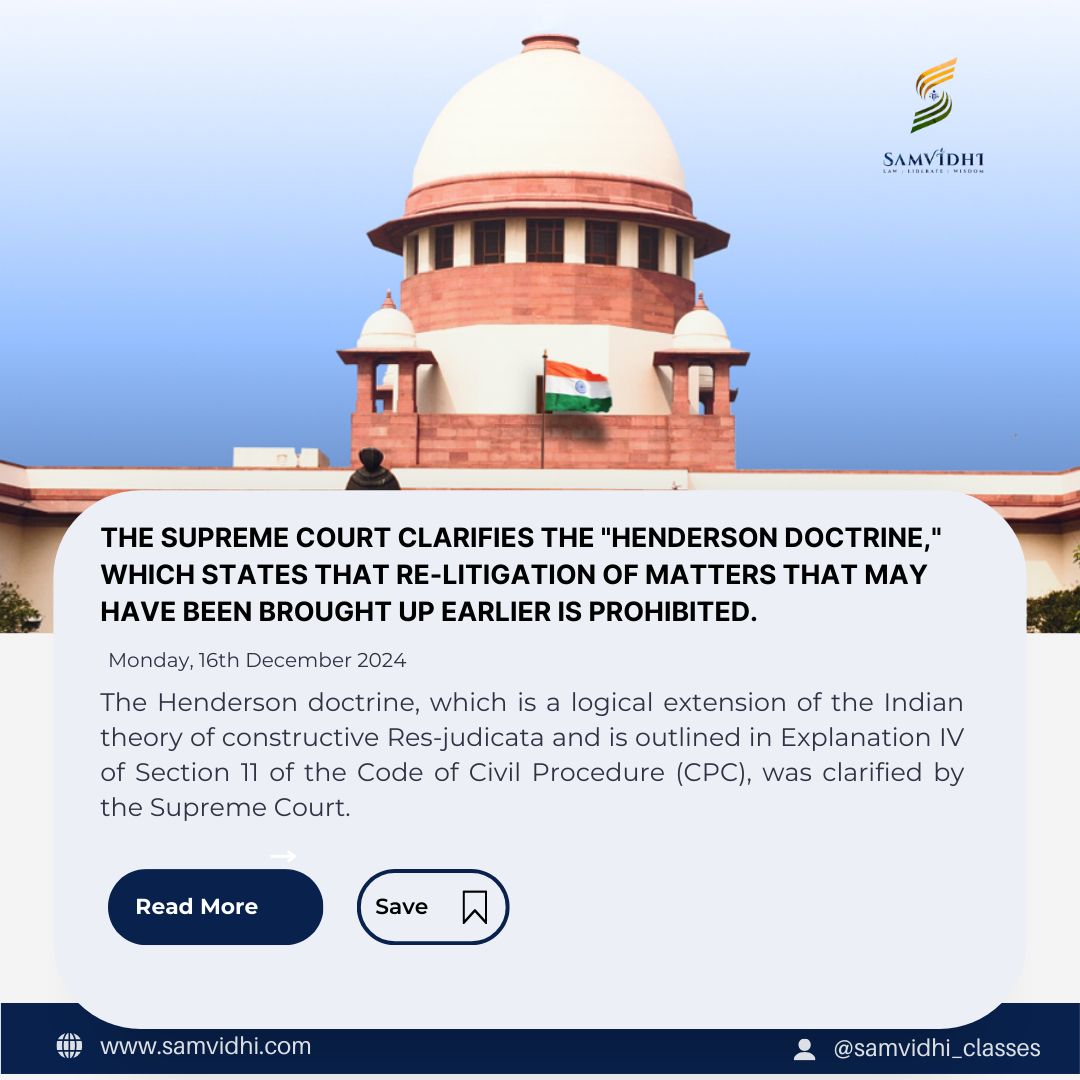Case Name: CELIR LLP v. MR. SUMATI PRASAD BAFNA & ORS.
The theory, which was first put up in the English case of Henderson against Henderson in 1843, argues that a single suit should handle all of the issues that arise in litigation pertaining to the same subject matter. According to the theory, disputes that could or ought to have been brought up in earlier proceedings cannot be brought up again.The English Court of Chancery, acting through Sir James Wigram, V.C., held in Henderson v. Henderson, reported in [1843] 3 Hare 999, that when a matter is brought before a court of competent jurisdiction for adjudication, the parties involved must present their entire case. The same parties will not be allowed to reopen the case after it has been decided by a court with the necessary authority regarding issues that could have been raised as part of the subject under dispute but were not, regardless of whether this was because of carelessness, an accident, an omission, or any other circumstance.
The court further held that the principle of res judicata applies to every potential or likely point or issue that rightfully belonged to the subject of litigation and that the parties should have raised at the time, not just those on which the Court was asked by the parties to adjudicate and render a judgment.
A contempt petition against the respondent-borrower and the subsequent transferee for failing to comply with the court’s order requiring them to turn over possession of the auction property, which was confirmed in favor of the applicant, was being heard by the bench made up of Justices JB Pardiwala and Manoj Misra. The respondent chose not to follow the court’s ruling and instead re-litigated the auction sale, arguing that the Supreme Court’s order did not address the legality of the auction or direct physical possession, and that the auction sale was unlawful because it did not conform with SARFAESI Rules.
The judgment written by Justice Pardiwala rejected the respondent’s claim, stating that the respondent aims to re-litigate the matters that they may have brought up in the previous proceedings rather than bringing the action to a close. The Court emphasized that throughout the first proceedings in the High Court and the subsequent appeal before the Supreme Court, the Respondent had sufficient time to raise all objections, including the legitimacy of the auction. According to the court, they were not permitted to re-agitate the same or related claims in fresh procedures under the Henderson theory or the constructive res judicata principle because they had not brought up these matters in previous proceedings.
Citing a number of sources, the Supreme Court noted the following when approving the Henderson doctrine: The ‘Henderson Principle’ is a fundamental part of the larger doctrine of abuse of process, which aims to instill in the parties a sense of sacredness towards judicial adjudications and determinations, as can be seen from the legal explanation above.
It guarantees that litigants won’t have to endure tiresome and recurring legal disputes. Fundamentally, the concept states that, unless there are special circumstances, no claims or concerns that could or should have been brought up in a previous proceeding may be brought up in a subsequent lawsuit. This rule upholds the principles of judicial propriety and impartiality in addition to bolstering the finality of verdicts.
The Henderson principle, which is part of the larger rule against abuse of process, is based on the notion that the legal system should not be used in any way that compromises its integrity. This concept of limiting judicial abuse is not limited to particular procedural norms; rather, it is in line with a more general goal of providing quietus to litigation and finality to court rulings. This rule basically states that parties must operate in good faith when conducting litigation and refrain from using procedural strategies to splinter disagreements, drag out the legal process, or compromise the results of such action. In order to avoid oppressive, unfair, or harmful litigation, it is a flexible principle rather than a strict norm, the court continued.
highlighting the fact that any attempt to re-litigate the same problems was prohibited because its previous judgment clarified the rights and responsibilities of all parties with regard to the secured asset. Consequently, the petition for contempt was granted.




